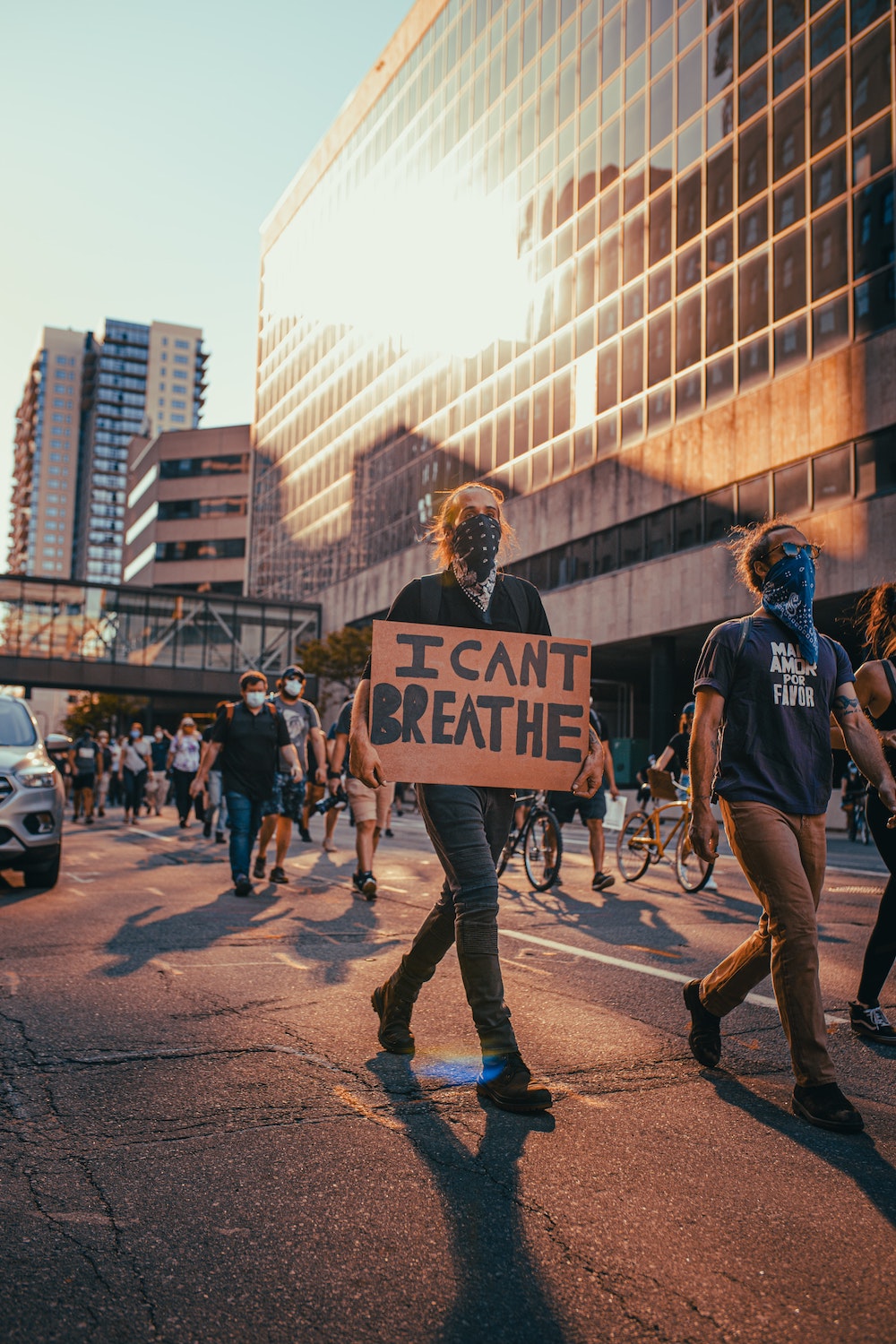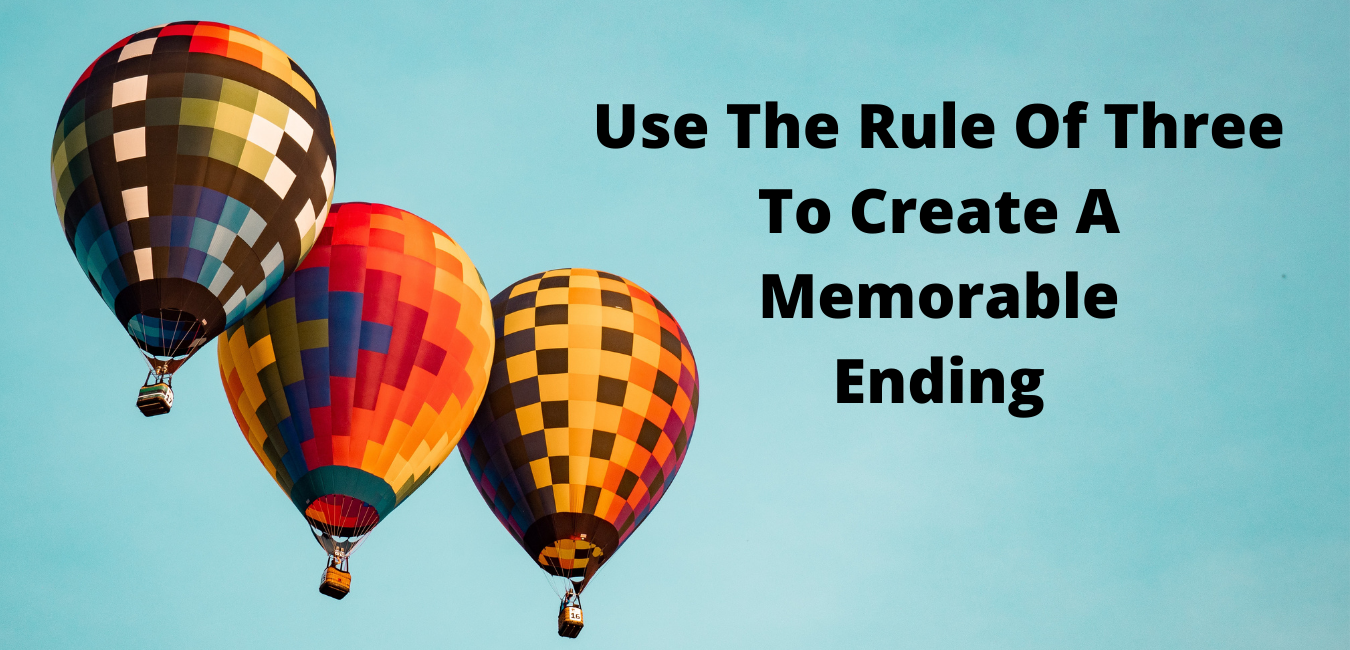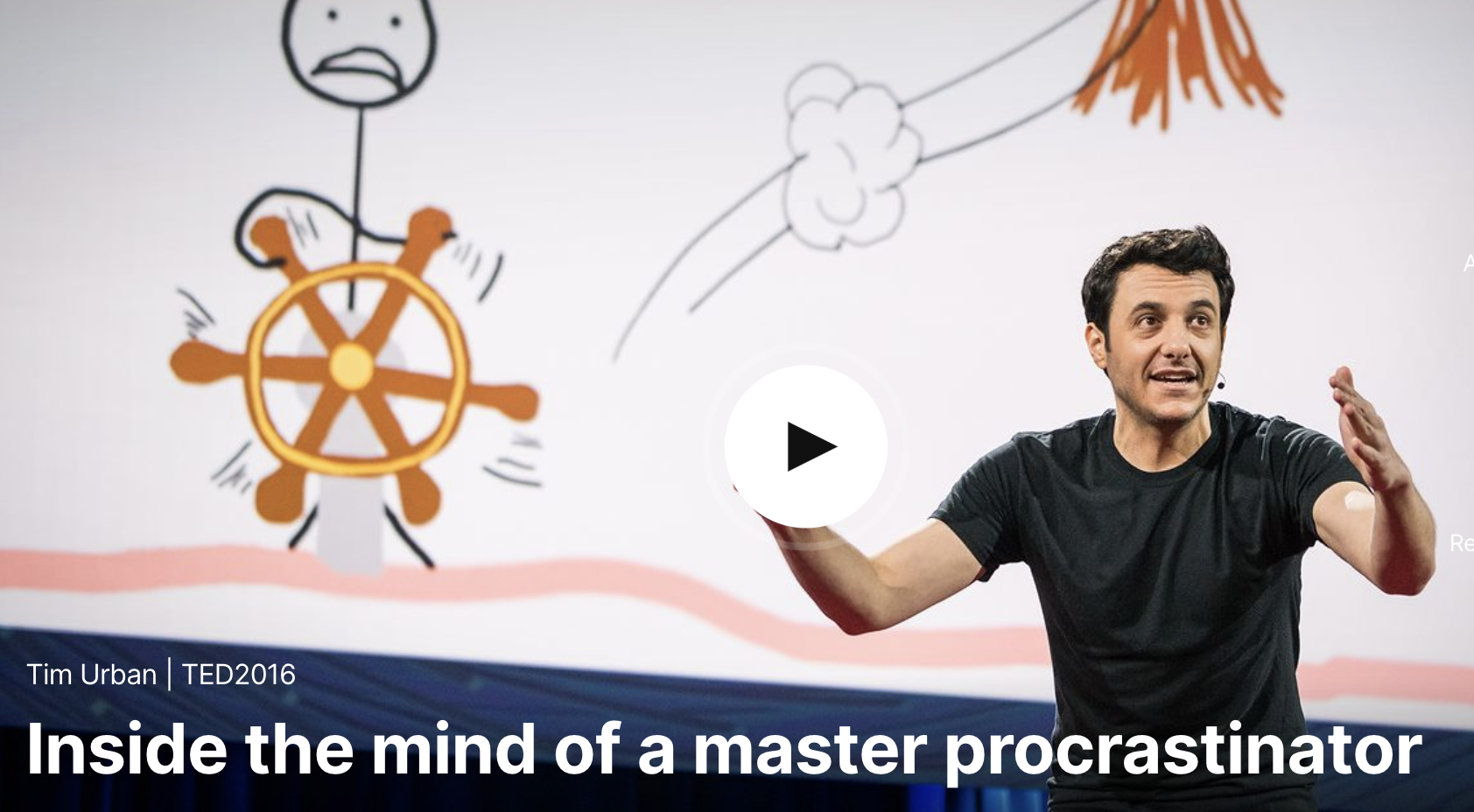Have you ever attended a presentation or speech and didn’t know when it was over? Maybe you were even unsure if it was time to clap or get up and leave?
Your audience not knowing when a presentation has finished is a clear sign that you need to work on your conclusion. If you ending isn’t clear the closing statements sputter. Don’t let your words fizzle out.
People attend your presentation or speech to learn from you. Your passion for what you’ll be sharing started long ago. Keep that passion clear from your personal introduction right through your conclusion if you want the impact of your words to continue well past the time you step off the stage.
It’s crucial you get both the open and close of your speech right.
The conclusion is especially pivotal, because if you’ve thoughtfully structured your presentation at the end you will influence your audience to be inspired to do what you had planned with the information you’ve shared.
There are many different ways to close a presentation effectively.
If you’re lost and unsure about how to make your presentation compelling, I can help.
I’ll start with explaining 7 powerful ways I’ve seen my public speaking coaching clients end their speeches, and then give you my advice about two common ways to close a presentation which you should avoid.
Table of Contents
7 Techniques for Ending Your Presentation Powerfully
1. End with a Overt Call To Action
The most overt type of close is the Call To Action or CTA. A call to action is a clear, direct statement to your audience of what you want them to do next. Use this type of presentation conclusion when you want to be perfectly clear about your message.

This closing technique transparently encourages your audience to do something as concrete as “buy my book” or “sign my petition” or “take on a challenge.”
I once had the privilege of seeing Dr Hans Rosling deliver a TED Talk. He is an excellent presenter and a master of the close. Based on his research, he clearly challenges his audience to take his data to make decisions about resources needed for population growth. The talk is worth watching if you’re planning out a closing statement, because it’s a brilliant example of a strong close.
2. End with a a Soft and Subtle Call To Action
Have you ever left a presentation inspired to do something differently, even if you were not specifically directed to take action? The closing technique you witnessed was probably a subtler version of a CTA.
For a masterful example of this closing technique, watch the end of Tim Urban’s TED Talk on procrastination. Notice that he never specifically tells you to take action – to stop procrastinating. Instead, he gets you onboard in a soft way, slowly building up his argument via a number of examples of his own experience with procrastination.
Then, close to the end, he shows a visual which leaves you reassessing your life and what you will do with the remainder of it.
Tim’s masterful presentation conclusion has prompted many people to take action and change their habits, but it’s subtle and leaves you thinking as if the conclusions you come to are you own idea, not his.
3. Use a Quote to End Your Presentation
Using a quote for your final words can be an effective way to end your presentation. Choose your quote carefully, however—the quote needs to align with your message and clearly communicate your key point. Never use an obscure or confusing quotation. Don’t make your audience work too hard to understand the relationship between the quote on your final slide and your overall message.
One of the most touching quotes I heard used to conclude an inspirational speech was the last lines of the Mary Oliver poem “Summer’s Day”: “Tell me, what is it you will do – With your one wild and precious life?”
It kept me thinking about the preciousness of the days, how I had permission to push limits, and what those limits might be.
4. Finish Your Presentation By Closing The Loop
Create intrigue with a story which takes your audience on a journey. Using storytelling in business presentations or in a speech, threading it throughout, is not only a good way to grab the audience’s attention and enhance engagement. It’s also a powerful way to come to a conclusion when you finish your story.
Dr. Amy Cuddy’s TED Talk uses the “close the loop” technique brilliantly. She begins her presentation telling us about an accident she had that impacted her ability to thrive in university. She worked hard to make progress. Under the mentorship of a professor she thrived.
Dr. Cuddy goes on to talk about her research into how we can build confidence through body language techniques. She winds her talk up by speaking about a student of hers that she mentored through a lack of confidence…and very craftily closes the loop.
5. End Your Speech Using the Rule of Three

A communication technique called the Rule of Three is a powerful way to end your speech. Using this technique to end your presentation will make your key message stick.
An example of the Rule of Three is this Winston Churchill quote, “This is not the end. It is not even the beginning of the end. But it is, perhaps, the end of the beginning”.
Using three concepts triggers your brain to recognize a pattern, which humans are wired to do. Pattern recognition is how we make sense of things, it’s how we connect the dots and make meaning from the message.
Use the Rule of Three if you want your closing remarks to be remembered long after your audience leaves their seats.
6. Finish with a Thought Provoking Question
There is value in having your audience walk away thinking about the questions you asked in your conclusion—and their personal responses to them. We humans are natural problem solvers. A question is a sticky way to create a memorable ending.
In his TED Talk, What Baby Boomers Can Learn From Millennials & Vice-Versa, Chip Conley provides food for thought about how we can all be contributors in the workplace by creating generational bridges. He asks, “Personally, who can you reach out to to create a mutual mentorship relationship? And organizationally, how can you create the conditions to foster an intergenerational flow of wisdom?” It’s not a rhetorical question, it’s a call to action. Chip finishes his presentation by telling us that bridges are the true sharing economy.
7. Deliver a Summary to Close Your Presentation
Delivering a summary of your core message can be an effective way to conclude, but be careful. Using a summary to finish your presentation sometimes risks losing your audience’s attention. If you name the main message(s) by rote, as if you’re rattling off a series of bullet points, the conclusion is likely to flop. Instead, use your summary slide to close your speech inspirationally, reviewing the key message and critically “the why.” Without the why, your summary will be forgotten in minutes.
2 Things to Avoid in Your Conclusion
Preparing, writing, and delivering a powerful speech is difficult, and some speakers are unprepared when they approach their closing remarks. Here are two things to avoid:
1. Running Out of Time
A poorly thought out and only minimally practiced presentation usually results in you having to cram your final remarks into the last few minutes of your allotted time. Your audience won’t be able to digest your final concepts if your words come at double-speed.
When you rush to the finish line not only will you feel stressed, your audience will too. This can seriously mar your reputation as a polished and professional public speaker.
2. Finish with a Question and Answer Session
You’re the speaker. You’ve been invited to take the stage and the audience is there to hear your ideas. The impact of too many otherwise excellent presentations are dulled in the last minutes, when a presenter opens the floor to questions, which are sometimes commandeered by someone in the room whose motivations might not align with your own. Your audience will remember your response to the last question. End with a question and answer session and you’ve essentially let someone else write your conclusion for you.
Question and answer sections aren’t a bad thing, but don’t end with them. Finish up your presentation by having all eyes on you. Close on your own terms.
The final (and best) tip I can give you is no matter the closing technique you choose to end your presentation or keynote address, is to practice it until it is firmly embedded into your memory. You want to know it inside out (and upside down) with absolute full confidence so you won’t have to scramble to come to a full stop.
Need Help?
You don’t have to prepare a presentation alone. If you’re feeling stuck or uninspired by your presentation’s conclusion, I invite you to book a 1-hour presentation strategy session. I’ll help you create a powerful ending that will have your audience leaving inspired.
If you’d like help with the entire presentation, I do that too. We can work together, one on one, to develop and create your next presentation or speech so you can deliver it with confidence and ease -> Prepare For Your Upcoming Presentation, Speech, or Talk.



